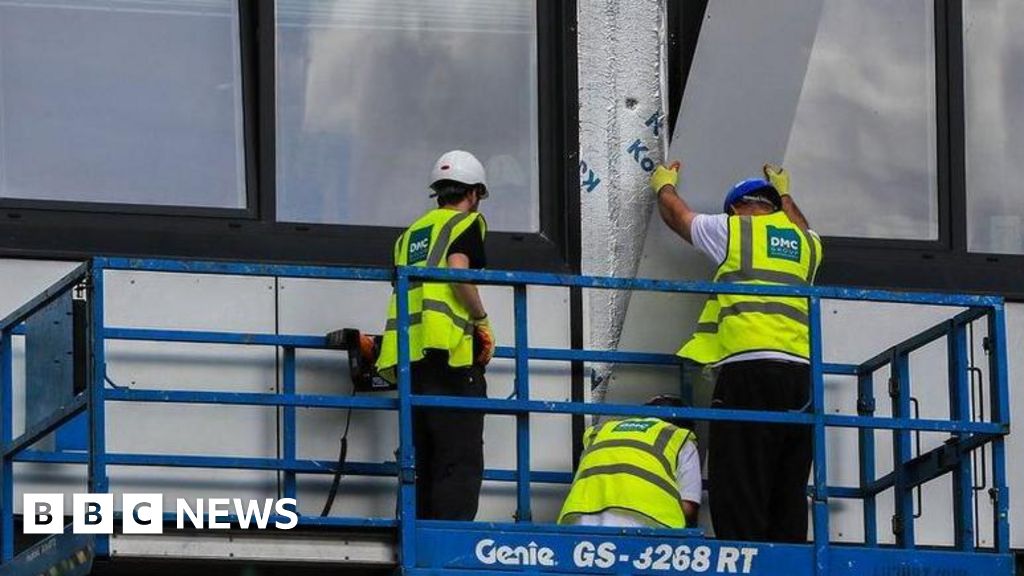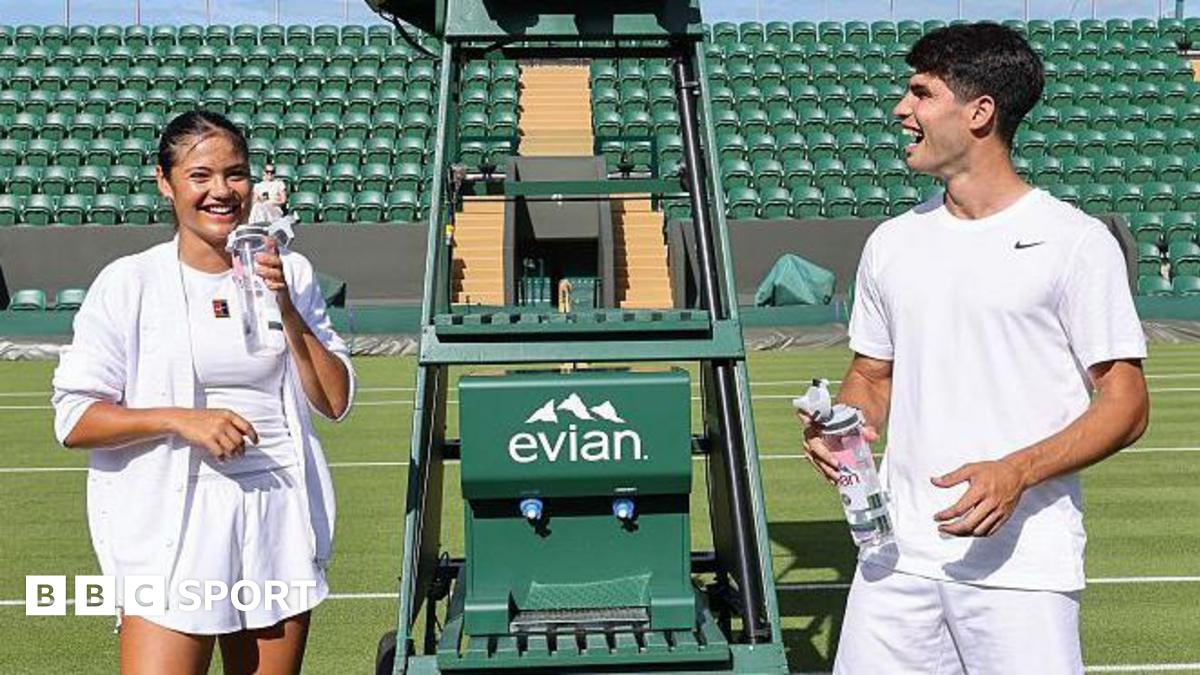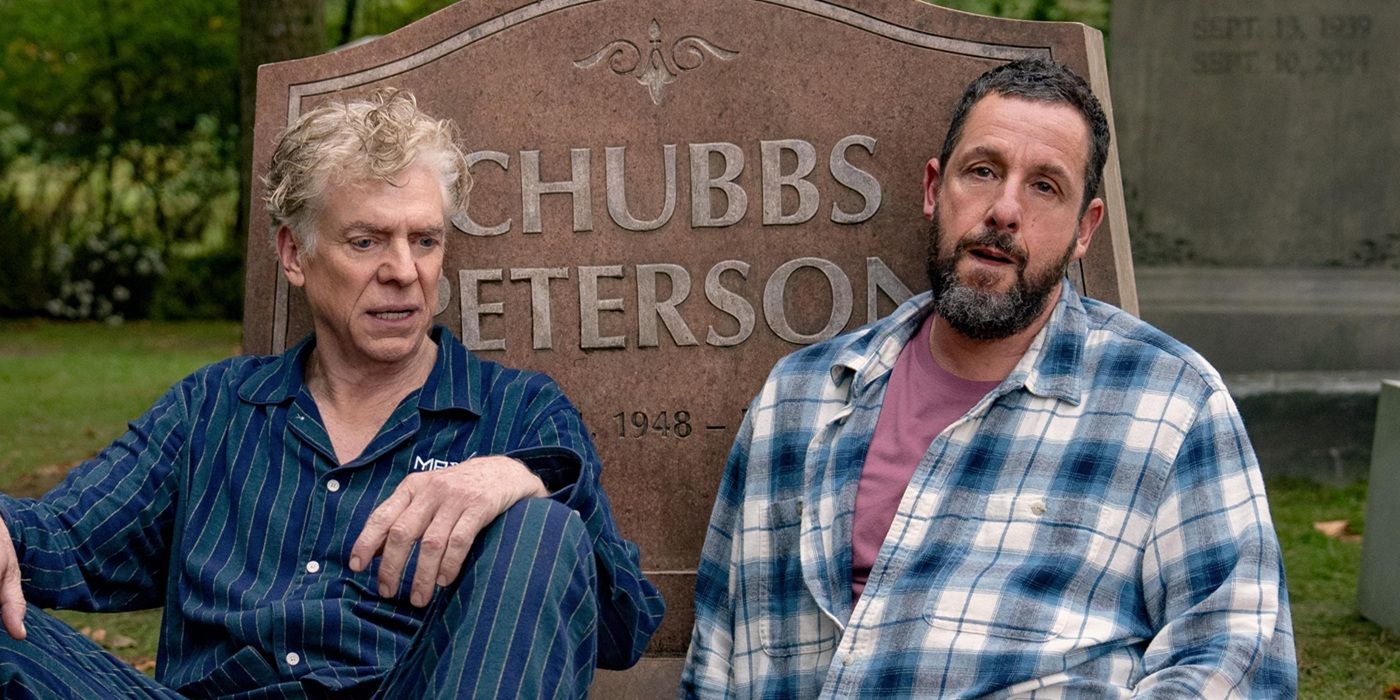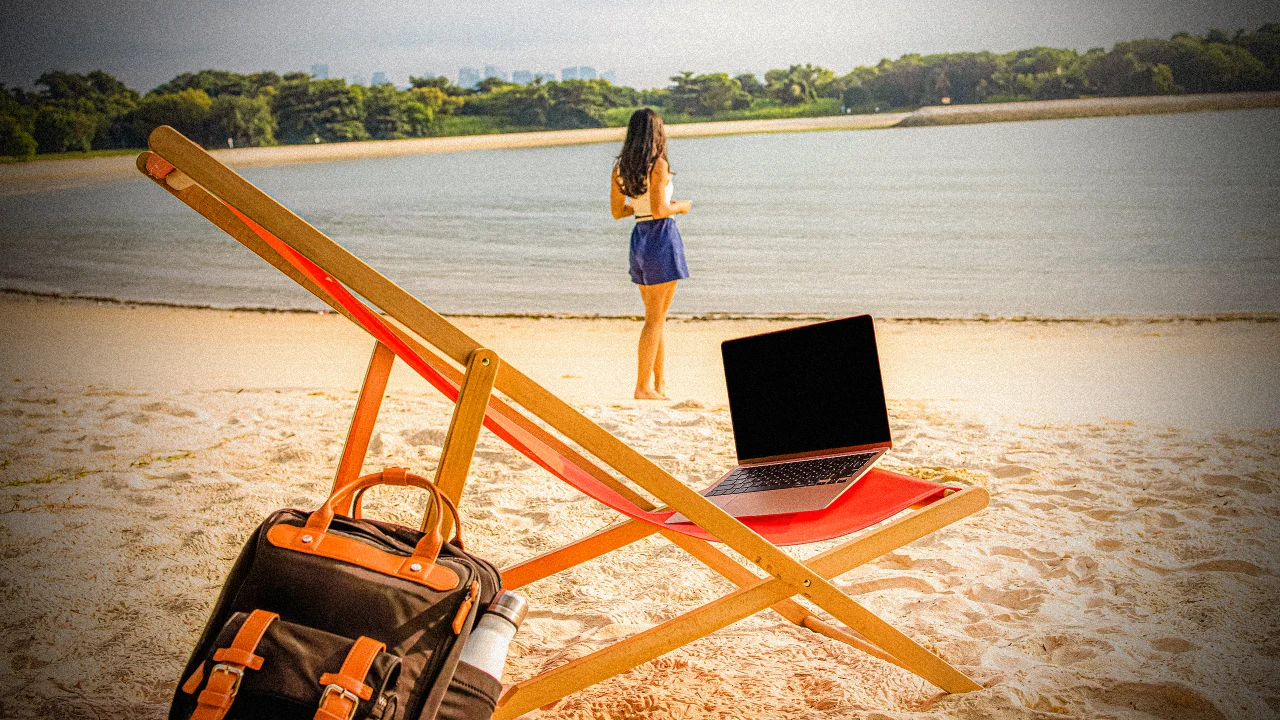How a growing demand for drought-tolerant, local plants is changing the landscaping industry

As the Western U.S. faces more damaging droughts, local governments—as well as an increasing number of homeowners—have been successfully promoting landscaping practices that eschew the stereotypical water-hungry grass lawn for more resilient choices. The average U.S. family uses roughly 50 gallons of water per day for outdoor plants and lawns, per statistics from the Environmental Protection Agency; a third of residential water use, or about 9 billion gallons per day, goes toward lawns, plants, and irrigation.
Whether it’s called native planting, xeriscaping, or drought-tolerant landscaping, the push to use more local plants has gained significant momentum. But many landscape architects are finding that the plant industry is straining to keep up.
“We’re trying to create designs with plants that use less water, have deeper root systems, and are more resilient,” said Tyler Krob, a senior associate and landscape architect at Denver-based Superbloom. “And the reality is, the nursery market just isn’t capable of supplying those.”
The growth in demand for native plants has skyrocketed in recent years, as developers and landscapers have pushed to reduce water usage and promote local flora and fauna. But despite this significant growth in demand, supply remains lacking, and the growers who do specialize in these plants aren’t necessarily nearby; it’s becoming harder and harder to find native plants locally.
Putting pressure on the plant industry
It’s causing many landscape architects to alter projects and even rethink the supply chain for flowers, bushes, and shrubbery for future projects. It’s also putting pressure on the massive plant and nursery industry, a $13.8 billion-a-year sector of the economy that employs as many people as the clothing retail sector.
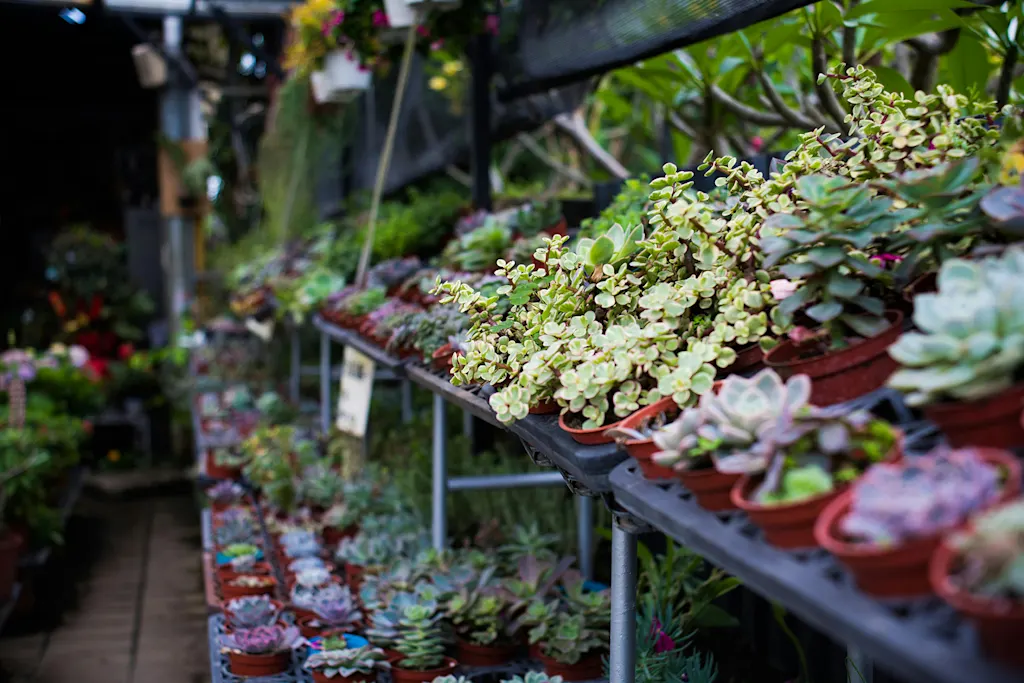
It’s a very concentrated and top-heavy industry consisting of a number of massive players making significant sales with popular, non-native species, along with a number of smaller, regional nurseries that face economic pressures such as high land prices and aging ownership. According to Garden Center’s 2024 state of the industry report, only 42% of sellers focus on native plant species.
Superbloom, which works primarily in cities throughout the West, said the supply of local native plants has become such a challenge that it’s forced to order plants from out-of-state nurseries and work directly with local nurseries to grow its own native species for its projects.
Diane Lipovsky, cofounder and principal, said the shortage is forcing the company to swap out certain species and can even delay projects. Los Angeles-based landscape architecture firm Terremoto opened its own plant store to help expand the supply of local, native plants.
“I started that shop because I believed that there should be independently owned, mostly native plant shops sprinkled through all cities and communities, so that they’re easy, affordable, and accessible,” said Terremoto principal/owner David Godshall.
Superbloom has even persuaded clients to agree to grow their own plants at the onset of a large real estate project to avoid shortages later on. For the firm’s current work on city and county buildings in Denver, for instance, the city has agreed to grow native plants in its own greenhouse to avoid having to pay to import plants from nurseries in the Midwest.
Much of this push comes from good faith efforts to cut water usage and conserve natural resources, as well as emerging legislation to cut down water usage. The Colorado Legislature already passed SB 24-005, a bill that prohibits local entities from using non-native plant species on commercial, institutional, industrial, and common-interest community properties, as well as public spaces and state facility projects. It goes into effect January 1, 2026, and will likely exacerbate the shortage.
States including Illinois and Delaware have also passed legislation encouraging the use of native plants, and in 2022 the federal Native Plant Species Pilot Program Act, which establishes native planting pilots for federal land management, was signed into law.
Superbloom’s Krob and Lipovsky said the real budget challenge in relation to using native plants is that designers often face delays and potential design compromises via substitution requests. Due to lack of availability, sourcing native or water-wise species might require a custom contract to grow, which can push a project out by a full season or more. That’s just not feasible for many public or developer-led timelines.
Where do we get more native plants?
There are significant challenges to ramping up native plant production, said Deryn Davidson, a sustainable landscape specialist at Colorado State University.
Native plants haven’t been specially bred to grow in standard nursery-style containers, making it hard for larger contract growers to provide them to large commercial nurseries. You can’t ask a manufacturer to crank out more products; plants need a lot of time and planning to grow. Lipovsky said she’s seeing the industry gear up to expand, but it’s still far behind what’s needed.
The pressure coming from government land managers and others seeking to restore natural habitats has caused a native seed shortage across the country. A 2023 report from the Committee on an Assessment of Native Seeds and Capacities found the industry was small and uncertain, with demand fluctuating wildly, while a 2022 report from the National Academy of Sciences found that nationally the supply of native plant material was “severely insufficient.” Years with significant wildfire damage, for instance, can put sudden demands on dwindling seed stocks.
In addition, many landscapers aren’t as familiar with the intricacies of watering and caring for native plants, making it crucial to educate more workers on maintenance. And there’s also consumer perception, which has been altered by the ready-to-grow nature of plants found at stores like Home Depot.
“These native plants can be slower to shine, and people will see these plants, which can take a year to really grow, and it’s not what they’re used to,” Davidson said. “There’s a bit of managing expectations that needs to take place.”
Superbloom has found that specific species such as prairie dropseed, little bluestem, and pasqueflower have been particularly challenging to find on the current market. Krob found that even buying blue grama, Colorado’s state grass, for use in his own front yard meant importing from a nursery in Illinois or Oregon.
There are other key market forces at play. Landscaping, especially on a large, commercial scale, is intimately tied to the construction and real estate development industries, which continue to see declining new business. The American Institute of Architects Billings Index remains in negative territory after years of slow and even negative business growth.
Despite those issues, this supply-and-demand imbalance is in many ways a good problem to have, and a sign that the trend toward native plants that support pollinators and cut down on water usage are very much taking root. And in a market as volatile as construction, greater availability of diverse, drought-tolerant native species from local nurseries would benefit the entire industry, especially when factoring in increasing pressures around water use. It would help reduce costs, improve access, and support compliance with emerging policies and legislation.
“Demand is probably just going to continue to go up,” said Davidson. “It’s industry growing pains, but it’s exciting that we’re at this point.”
What's Your Reaction?
 Like
0
Like
0
 Dislike
0
Dislike
0
 Love
0
Love
0
 Funny
0
Funny
0
 Angry
0
Angry
0
 Sad
0
Sad
0
 Wow
0
Wow
0









